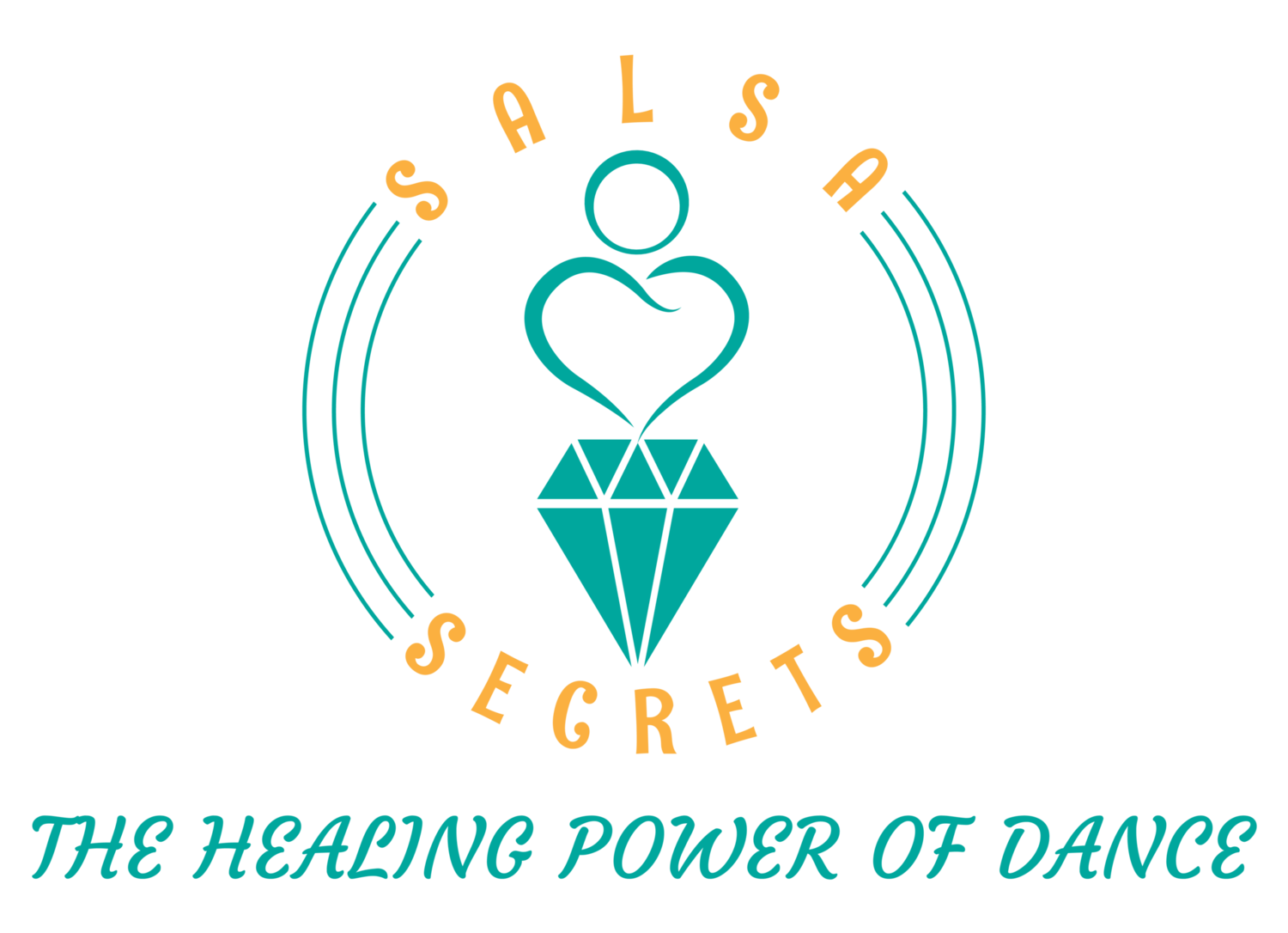In the heart of the Caribbean lies Cuba, a land rich in vibrant rhythms and captivating melodies.
Among its musical treasures, one genre stands out for its infectious beats and heartfelt lyrics: Cuban Son. In this blog post, we delve into the origins of Cuban Son, tracing its roots back to the early 20th century and exploring the cultural influences that have shaped this iconic genre.
Cultural Influences
Cuban Son emerged during a time when Cuba was a cultural melting pot, influenced by various musical traditions brought by African slaves, Spanish colonizers, and French immigrants. The intermingling of these diverse cultures created a fertile ground for the birth of a new musical style that would come to be known as Cuban Son.
The African influence on Cuban Son cannot be overstated. African slaves brought their rhythmic traditions, percussion instruments, and vocal styles to Cuba. These vibrant rhythms, characterized by intricate drumming patterns and syncopation, found their way into the evolving Cuban music scene, becoming a fundamental element of Cuban Son's distinctive sound.
Another key component of Cuban Son is the Spanish guitar, which arrived in Cuba with the Spanish colonizers. The guitar became an integral part of Son's melodic structure, providing the harmonic foundation and contributing to the genre's expressive melodies. European musical influences, particularly from Andalusia in southern Spain, also influenced the lyrical and poetic aspects of Cuban Son.
The Evolution of Cuban Son
In the early 20th century, the sexteto format emerged as a significant development in the evolution of Cuban Son. Consisting of six musicians, including guitar, tres (a Cuban string instrument), marímbula (a thumb piano), bongos, and vocalists, the sexteto became the vehicle for expressing the soulful melodies and rhythmic complexity of Cuban Son. Pioneering groups like Sexteto Habanero and Sexteto Occidente popularized this format, setting the stage for the genre's expansion.
Afro-Cuban religions, such as Santería and Palo Monte, have deeply influenced Cuban Son. These spiritual practices, with their distinctive rhythms and sacred chants, found their way into the music, infusing it with mystical and ritualistic elements. The inclusion of Afro-Cuban religious themes in the lyrics added depth and cultural significance to the genre, connecting it to the spiritual heritage of the Cuban people.
In the late 1990s, the Buena Vista Social Club album and documentary revived interest in Cuban Son worldwide. This musical project brought together legendary Cuban musicians, including Ibrahim Ferrer, Rubén González, and Compay Segundo, reintroducing the genre to a new generation of listeners and garnering global acclaim. The success of the Buena Vista Social Club further solidified Cuban Son's place in music history.
Cuban Son continues to evolve and thrive, fusing with other genres such as jazz, salsa, and hip-hop, while still preserving its essence. Artists like Eliades Ochoa, Omara Portuondo, and Septeto Nacional have carried the torch, infusing Cuban Son with contemporary flavors while staying true to its cultural roots.
Cuban Son stands as a testament to the rich cultural heritage of Cuba, reflecting the fusion of African, Spanish, and other influences that have shaped the island's musical landscape. With its infectious rhythms, soulful melodies, and heartfelt lyrics, Cuban Son embodies the spirit and resilience of the Cuban people.

